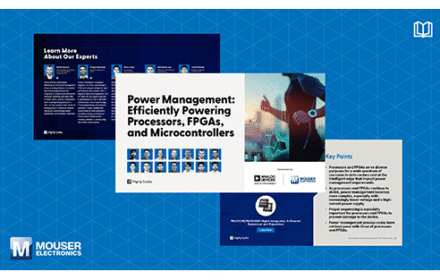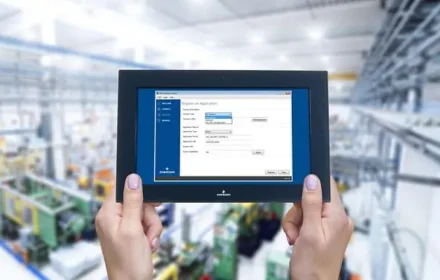
Manufacturing Cybersecurity: Rising Threats Drive Urgent Need for Cyber Resilience
Critical Cybersecurity Gaps in Manufacturing
New research reveals alarming vulnerabilities in manufacturing cybersecurity. LevelBlue’s 2025 report shows only 32% of manufacturers feel prepared for AI-powered threats. Additionally, just 30% feel ready for deepfake attacks. These gaps expose critical infrastructure to sophisticated cyber threats. Manufacturing automation systems face increasing risks as connectivity grows.
AI-Powered Threats Target Industrial Automation
Manufacturers anticipate significant increases in AI-powered cyber attacks. These threats target PLC and DCS control systems specifically. Furthermore, synthetic identity attacks threaten operational technology networks. Geopolitical tensions drive more DDoS attacks against manufacturing. However, only 37% of executives report preparedness for these attacks.
Supply Chain Visibility Challenges
Software supply chain security remains a major concern. 54% of manufacturers report limited visibility into their software supply chains. This creates vulnerabilities in industrial control systems. Moreover, it compromises the integrity of factory automation processes. As a result, production lines face potential disruption from compromised components.
Leadership Embraces Cybersecurity Culture
Manufacturing leaders now integrate cybersecurity into business strategy. 65% of organizations measure leadership against cybersecurity KPIs. Additionally, 70% educate employees about social engineering tactics. This cultural shift recognizes cyber resilience as a strategic imperative. Therefore, manufacturers increasingly link security to business continuity.
Investment Priorities for Cyber Resilience
Manufacturers are allocating significant resources to cybersecurity. Budgets now include security from project inception. Key investment areas demonstrate strategic planning:
- Machine learning for threat pattern matching (71%)
- Enterprise-wide cyber resilience processes (69%)
- Generative AI defenses against social engineering (64%)
- Advanced application security measures (67%)
- Software supply chain security enhancement (63%)
Industrial Control System Protection Strategies
Manufacturers must prioritize protection for critical control systems. PLC and DCS networks require specialized security measures. According to industry analysis, unsecured industrial networks face 2,000+ attacks monthly. Furthermore, legacy equipment presents unique security challenges. Segmentation and monitoring become essential for operational technology.
Practical Implementation Recommendations
World of PLC analysis suggests four critical action steps. First, align cybersecurity with executive business decisions. Second, create easy threat reporting systems for all employees. Third, engage external security providers for specialized expertise. Fourth, verify supplier cybersecurity credentials throughout the supply chain.
Future Outlook and Industry Trends
The manufacturing cybersecurity landscape continues evolving rapidly. Adaptive approaches enable 69% of manufacturers to take innovation risks. Moreover, 55% now budget for cybersecurity in new initiatives from the start. This proactive stance reflects growing recognition of cyber resilience’s strategic importance.
Securing Your Industrial Automation Systems
Protecting manufacturing operations requires comprehensive security strategies. Begin with assessing current control system vulnerabilities. Implement network segmentation for critical processes. Regular security audits help maintain protection levels. For expert guidance on industrial automation security, visit World of PLC for specialized resources and solutions.
Frequently Asked Questions
- Why are manufacturers particularly vulnerable to cyber attacks? Increased connectivity of industrial control systems and legacy equipment create multiple attack surfaces that criminals exploit.
- How can manufacturers protect PLC and DCS systems? Implement network segmentation, regular security updates, access controls, and continuous monitoring of industrial networks.
- What role does employee training play in cybersecurity? Human error causes many breaches; training reduces successful social engineering attacks and improves threat reporting.







